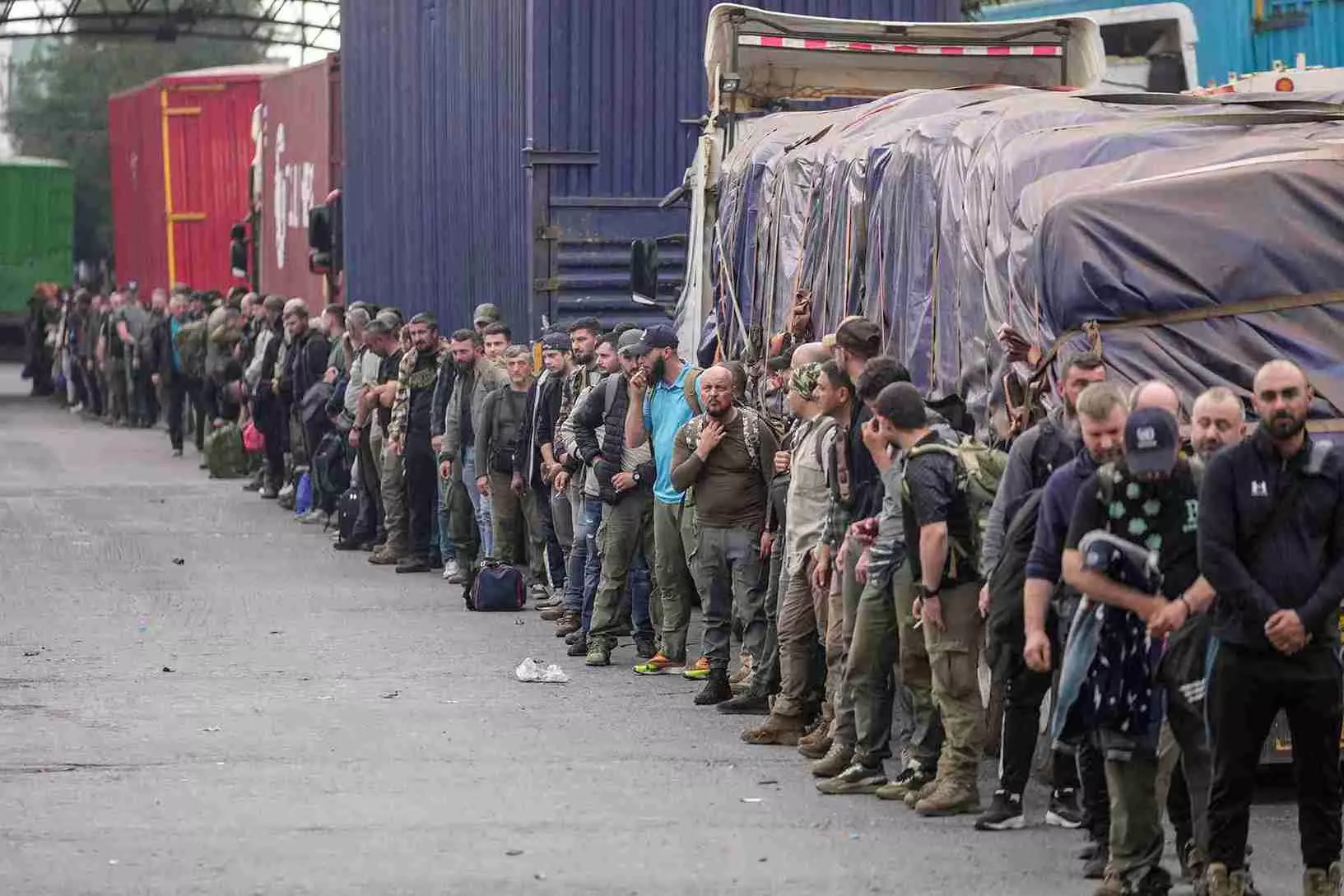
Chaos reigns as M23 rebels seize Goma; what is happening in Congo?
Violence has erupted in Goma, a major city in Congo; shops have been looted, embassies targeted, and civilians caught in the crossfire

The Democratic Republic of Congo has been gripped by chaos as the eastern city of Goma falls under the control of M23 rebels. Shops have been looted, embassies have been attacked, and the streets are filled with violence and deaths. The unrest is being driven by the M23 group, whose actions are quickly escalating the crisis.
On January 27, heavy clashes erupted between the M23 rebels and Congolese government forces. The M23, which the United Nations has accused of being backed by Rwanda, has entered Goma and declared it under their control. The United Nations, alongside the governments of the US, France, and the UK, has called for Rwanda to withdraw its support for the rebels. Rwanda, however, has denied these allegations, and the M23 maintains that it controls the city.
History of Congo violence
The roots of the violence in Congo go deep, tracing back more than three decades. The region has been embroiled in conflict since the aftermath of the 1994 Rwandan genocide, in which thousands of Tutsis—an ethnic group living in Congo—were killed. The effects of that tragedy are still felt today.
In 2012, the M23 (March 23 Movement) emerged, claiming to protect the Tutsi population in Congo from discrimination and violence. The group accused the Congolese government of failing to uphold previous peace agreements, which led to an armed rebellion. The M23 seized Goma in 2012 but was forced out by Congolese forces and United Nations peacekeepers in 2013. After regrouping, the group launched a new offensive in 2021, and now, in 2025, it has once again taken control of the city.
Also read: Record 6.9 million people have been displaced in Congo's growing conflict: UN
The Congolese government sees the M23 as a proxy for foreign powers, particularly those seeking to exploit Congo’s abundant natural resources, such as gold and coltan. These resources are especially valuable in areas bordering Rwanda and Uganda. While Rwanda denies any involvement, experts suggest that the country benefits from the illegal trade in these minerals, which has fuelled the ongoing conflict in the region.
Congo at critical juncture
The situation in Goma has reached a critical juncture. With the M23 now in control, the city—a vital trade and humanitarian hub for the region—has become a flashpoint for both political and civilian turmoil. Goma is home to more than one million people, and its capture has left thousands stranded in the conflict zone. Refugees are already fleeing to neighbouring countries in search of safety.
The violence has sparked protests in Goma, where demonstrators have attacked embassies of several countries, including Belgium, the Netherlands, Kenya, Uganda, and the United States. Protestors are calling on the international community to pressure Rwanda over its alleged role in the conflict and demand an end to the violence that has destabilized the region.
The content above has been generated using a fine-tuned AI model. To ensure accuracy, quality, and editorial integrity, we employ a Human-In-The-Loop (HITL) process. While AI assists in creating the initial draft, our experienced editorial team carefully reviews, edits, and refines the content before publication. At The Federal, we combine the efficiency of AI with the expertise of human editors to deliver reliable and insightful journalism.

